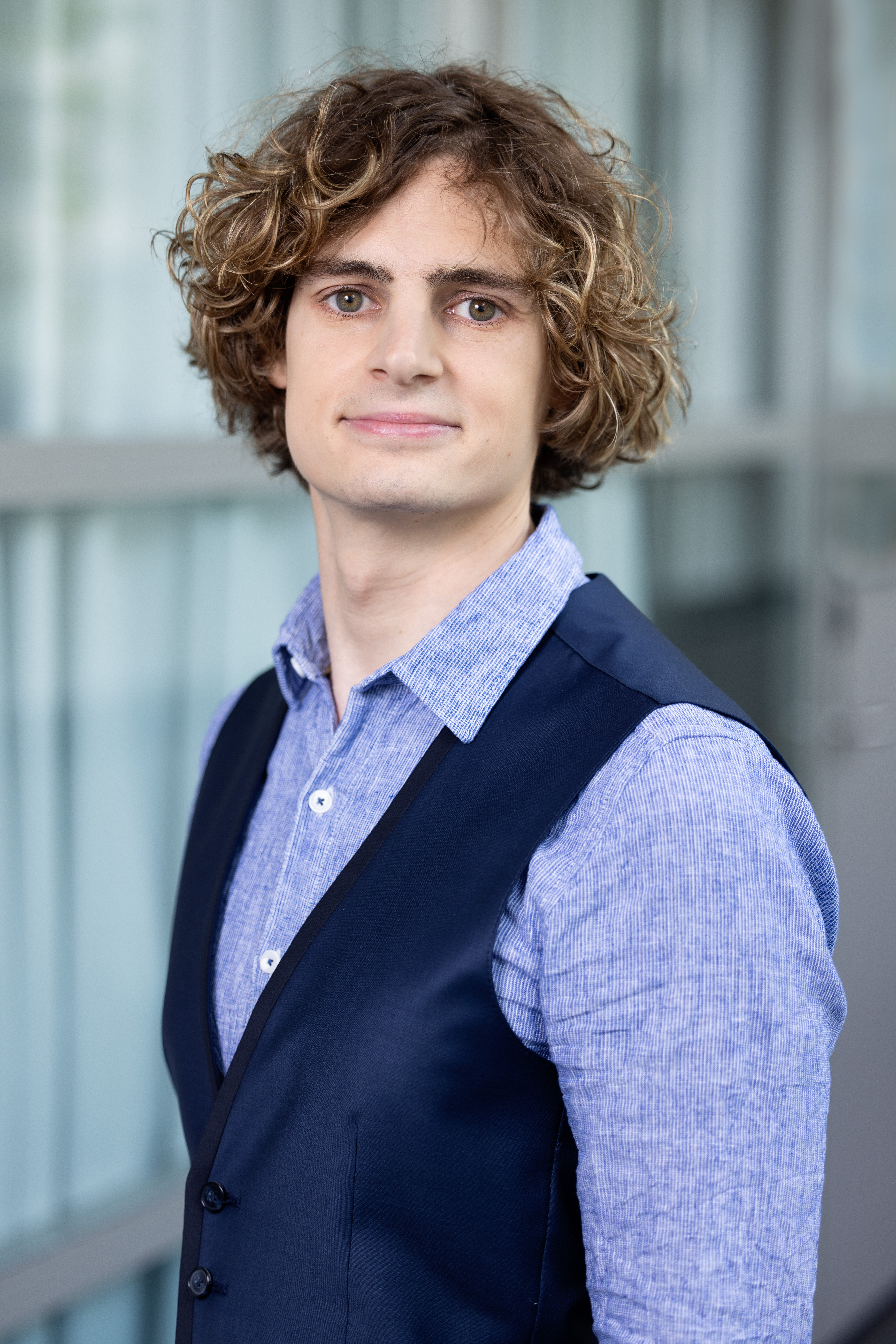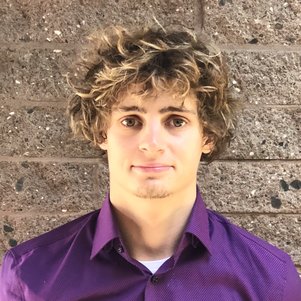ERC Starting Grant for spying on microscopic blood vessels in the heart and brain
The European Research Council (ERC) has awarded a Starting Grant to Delft physicist Sebastian Weingärtner for his research on novel imaging methods to tackle heart and brain diseases. During this five-year programme, Weingärtner will use Magnetic Resonance Imaging to exploit hydrogen atoms as microscopic spies to investigate the smallest blood vessels in the body. These ultra-small blood vessels are so fine that they evaded medical imaging so far, yet a better understanding of their features could be a transformative step towards better treatment of diseases like heart failure and dementia.
Microscopic spies
Sebastian Weingärtner will use magnetic resonance imaging (MRI) to zoom into the structure of the ultra-small blood vessels, the so-called capillaries, of the heart and brain. Weingärtner: “With MRI we detect a signal that is made up from many microscopic particles, namely the hydrogen nuclei. In my research, we’ll use these particles as a microscopic spy, to report on the important features of small structures in their surroundings. By modelling the microscopic motion of these spies as well as the messages they send, we can deduce properties of the network of small blood vessels. This will allow us to make an image of microscopic blood vessels without causing any harm, information we can otherwise only extract by taking out tissue samples.”
A unique imaging lens
“The network of the smallest blood vessels in the body, the so-called microvasculature, is one of the great frontiers in medical research of both the heart and the brain”, Weingärtner says. “Researchers have made great progress in diagnosing and treating diseases that are caused by failure of large blood vessels already, partly because these vessels are easily accessible with imaging technologies. But when it comes to diseases of the microvasculature, such as forms of heart failure or dementia, we are lagging far behind. Our understanding of how the disease progresses and our ability to detect these changes are crucially impaired by a lack of tools to capture the microvasculature. This project can provide a unique imaging lens to unravel structures that are so fine that they have evaded medical imaging so far.”
The researchers from Weingärtner’s lab will try to extract more of the MRI signals than first meet the eye. To do this, they need to thoroughly understand the mechanisms behind the imaging signal and check their models exhaustively, to demonstrate that their imaging methods truly reflect the tiny blood vessel structures. “We came up with a comprehensive pipeline of validation steps, starting from printing models of the microvasculature at micrometer precision all the way to making comparisons to invasive measurements. If we follow these steps, we can turn all the knobs and evaluate all the constituents of the imaging signal, before using our method in patients with heart and brain diseases”, says Weingärtner.
A transformative step
In five years, Weingärtner hopes to have an imaging tool available that is validated and tested with patients and ready to be used in the clinic. “This can mark a transformative step towards better treatment of diseases involving the microvasculature. And those diseases make up no small disease burden: one in two cases of patients suffering from heart failure have a microvasculature defect, and the ageing of the capillaries is also one of the leading causes of dementia. Those and other diseases with microvasculature dysfunction at the core currently have very limited reliable treatment options; preventive intervention is often the only successful clinical treatment. That’s why we need new tools to better understand the disease progression and help with the development of treatment options, early identification and preventive intervention.”
“I see our publicly funded positions and projects as a mandate to do the best we can to advance knowledge in this field. Throughout my research career, I have tried to amass skills that help me contribute my small piece to the large puzzle of science. Thus, I see my newly founded lab at the TU Delft as a space to gather the brightest people I can find who share this interest and try to do our utmost in seeing how far we can go into the unknown”, concludes Weingärtner.


